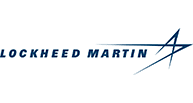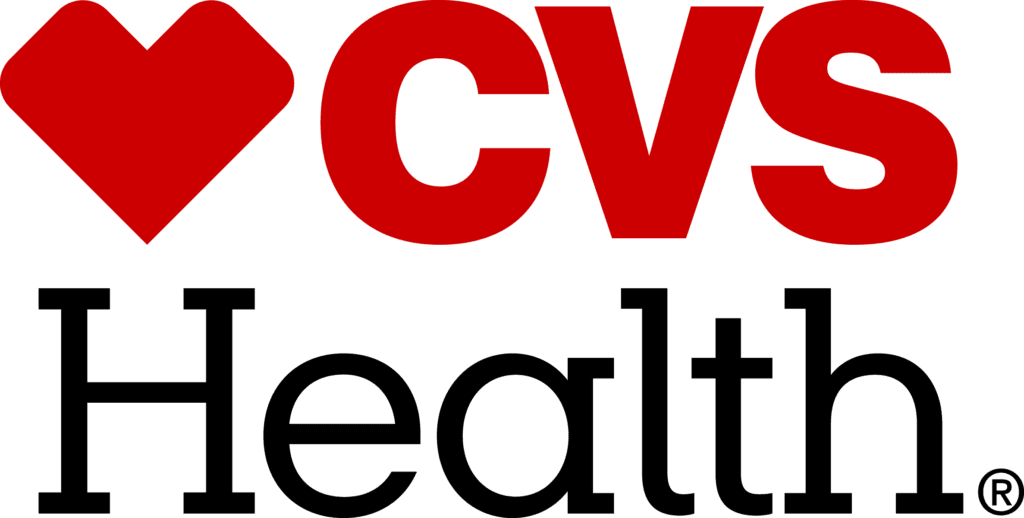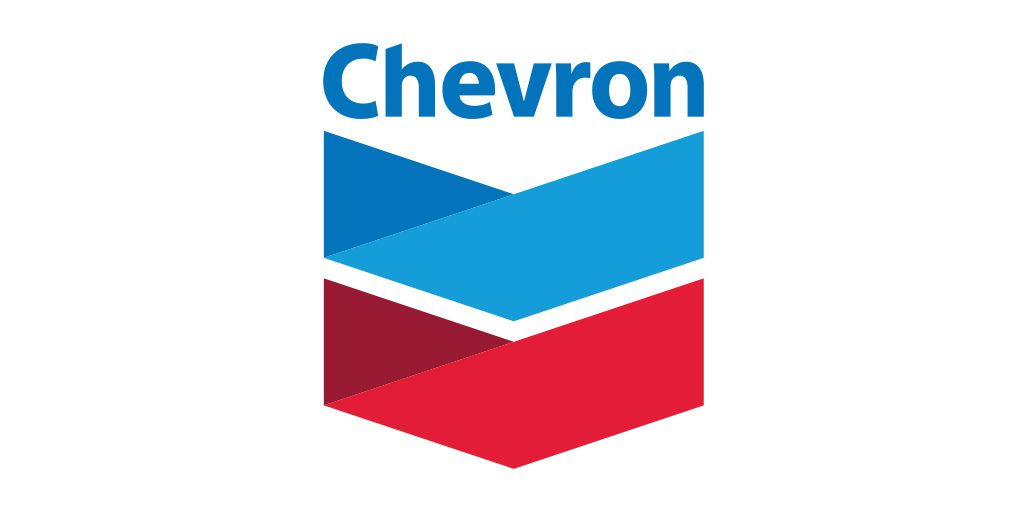Get Your SAFe Certification to Build a Career in Business Agility
Courses Available Virtually or In-Person
Over 2 million professionals have validated their expertise as enterprise change leaders through Scaled Agile Framework (SAFe) certification and training. Accelerate your path to transformative roles through our partner-taught courses.
3 Easy Steps to Get SAFe Certified
Gain the knowledge and skills you need to advance your business or career.
Explore Courses
Browse our course catalog and select a date and time that fits your needs
Complete Training
Practice and apply new skills in a collaborative learning environment
Take the Exam
Study, pass the exam, and receive your digital badge (active for 1 year)
Scaled Agile Framework Certification Courses
New to SAFe
Leading SAFe
SAFe AGILIST (SA)
For executives and leaders driving organizational change.
New to SAFe
SAFe for Teams
SAFe PRACTITIONER (SP)
For team members working in SAFe environments.
New to SAFe
Agile Software Engineering
SAFe AGILE SOFTWARE ENGINEER (ASE)
For technical contributors and architects.
New to SAFe
SAFe for Hardware
SAFe FOR HARDWARE (HW)
For engineers, product leaders, and other professionals in hardware development.
Already familiar
SAFe Scrum Master
SAFe SCRUM MASTER (SSM)
For professionals guiding Scrum or Kanban practices at the team level.
Already familiar
SAFe Product Owner/Product Manager
SAFe PRODUCT OWNER (POPM)
For product and project management professionals.
Already familiar
SAFe Release Train Engineer
SAFe MANAGEMENT (RTE)
For advanced Scrum Masters or experienced professionals in an ART.
Already familiar
Lean Portfolio Management
SAFe LEAN PORTFOLIO MANAGEMENT (LPM)
Leaders and decision-makers responsible for aligning enterprise strategy and execution.
Already familiar
SAFe DevOps
SAFe DEVOPS (SDP)
Anyone involved in building and delivering software within a SAFe environment.
Already familiar
Agile Product Management
SAFe PRODUCT MANAGEMENT (APM)
Product leaders responsible for delivering solutions that drive business value.
Already familiar
SAFe For ARCHITECTS
SAFe FOR ARCHITECTS (ARCH)
For technical leaders guiding architecture across Agile Release Trains (ARTs) and value streams.
Already familiar
Implementing SAFe
SAFe PRACTICE CONSULTANT (SPC)
For transformation leaders and internal change agents.
Ready to lead
SAFe Practice Consultant-T
SAFe PRACTICE CONSULTANT-T (SPCT)
For transformation leaders who want to train other SAFe practice consultants.
Ready to lead
Advanced SAFe Practice Consultant
ADVANCED SPC
For SPCs to deepen their expertise with advanced applied learning.
Ready to lead
Advanced Scrum Master
ADVANCED SSM
For Scrum Masters who already have experience working in a SAFe or Agile team environment.
Complete SAFe Certification Benefits
Digital Badge
Showcase your achievement on LinkedIn and professional profiles.
Access to SAFe Studio
One full year of access to comprehensive tools and resources for continuous learning.
Professional Community
Join a global network of SAFe professionals for knowledge sharing and networking.
Career Resources
Access to job boards, salary data, and personalized career planning tools.
Ongoing Support
Stay current with regular webinars, events, and learning opportunities.


“Traveling the world and connecting with a broad range of cultures is enabled through one framework language and change direction … I never imagined so many meaningful conversations and shifts to be possible in such diverse organisations.”
– Abram Janse SPC & Enterprise Agility Coach at Philips
Why Get SAFe Certified?
SAFe certification accelerates your career, equips you with transformation skills, connects you to a global community, and validates your enterprise agility expertise.
Earn more
$4-32K
higher salaries reported for people with SAFe experience or certification.
CONNECT GLOBALLY
6000+
number of jobs in the US alone that ask for SAFe experience.
GET HIRED
62%
of open SAFe roles require certification for eligibility.

Ready to Advance Your Career with a SAFe Certification?
Resources to Accelerate Your Success
Access comprehensive tools, guides, and support to maximize your certification journey and advance your transformation leadership career.

Your Complete Guide to Scaled Agile Certifications
If you’re considering SAFe certification, this guide is for you. We go in-depth on the most frequently asked questions about SAFe certification, including what it is, why it’s valuable for professionals and teams, and how to earn one.

How to Pass a SAFe Exam & Get Certified
Before you can begin studying, you should understand the test format and structure. Here are some key tips to help you pass your exam and get SAFe certified.

Kick-starting the SAFe Journey
For a transformation to succeed, it’s crucial that organizations articulate the “why” tipping point for their journey before they begin. Learn how to kickstart your SAFe Journey today!




